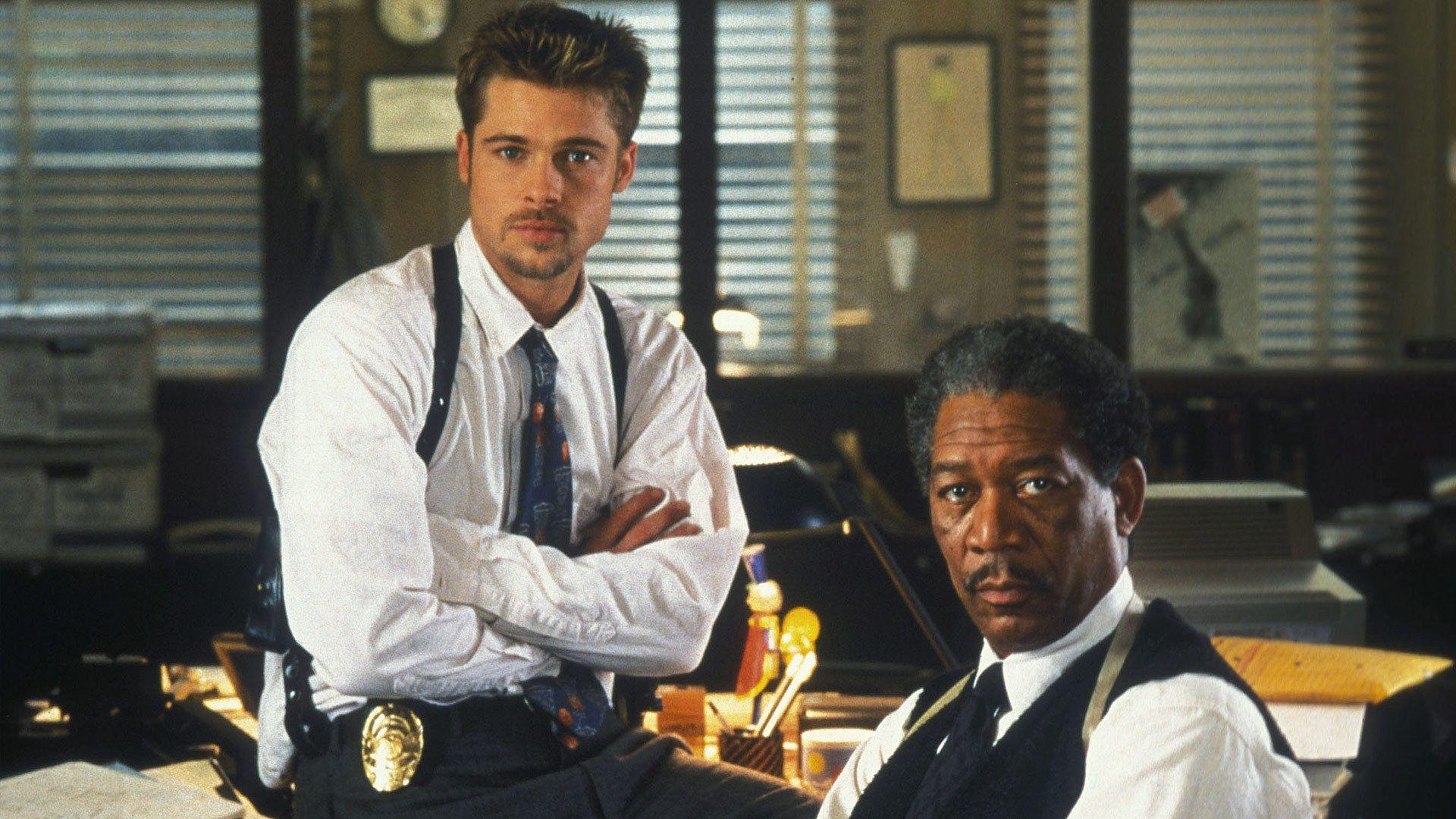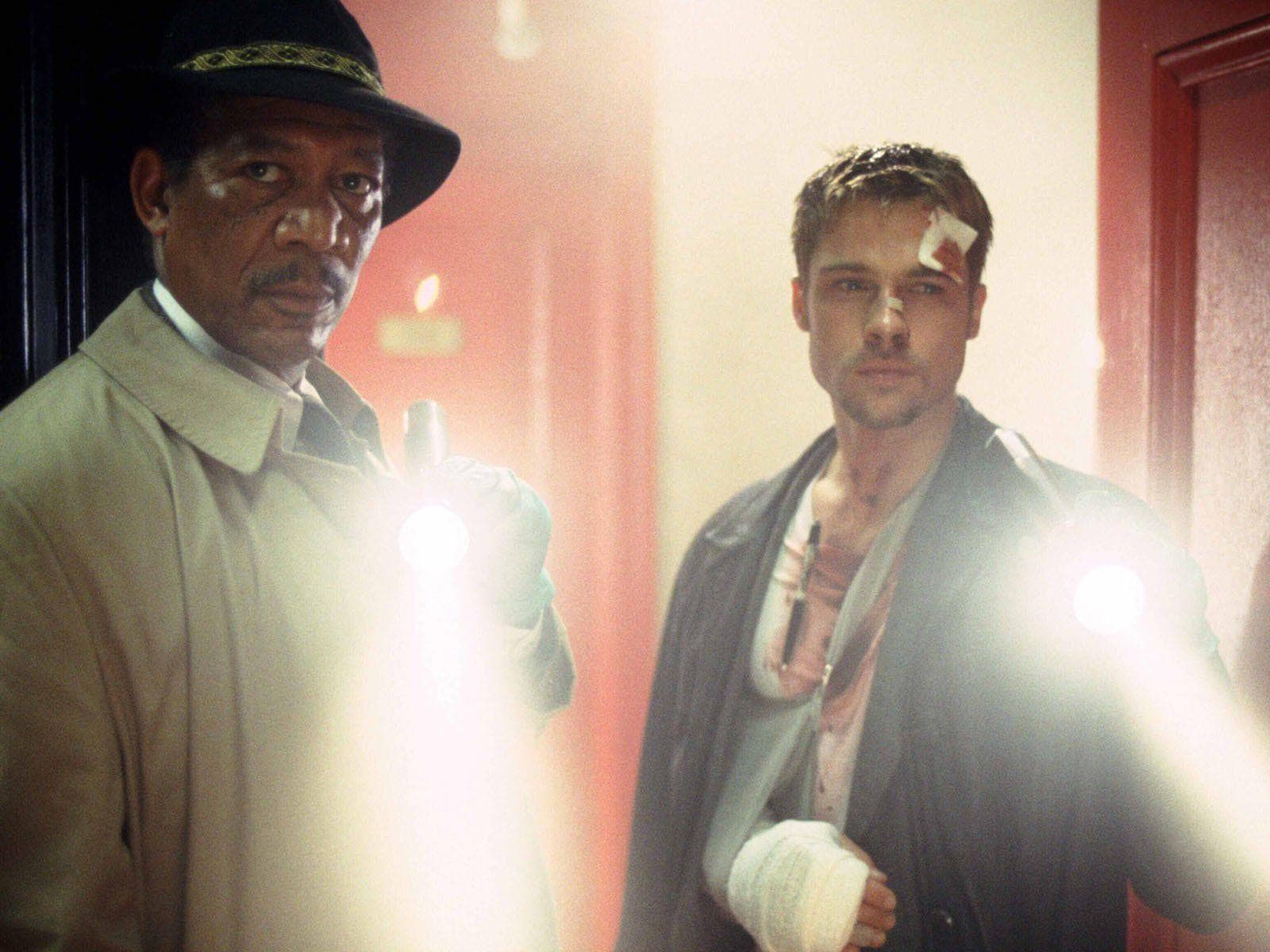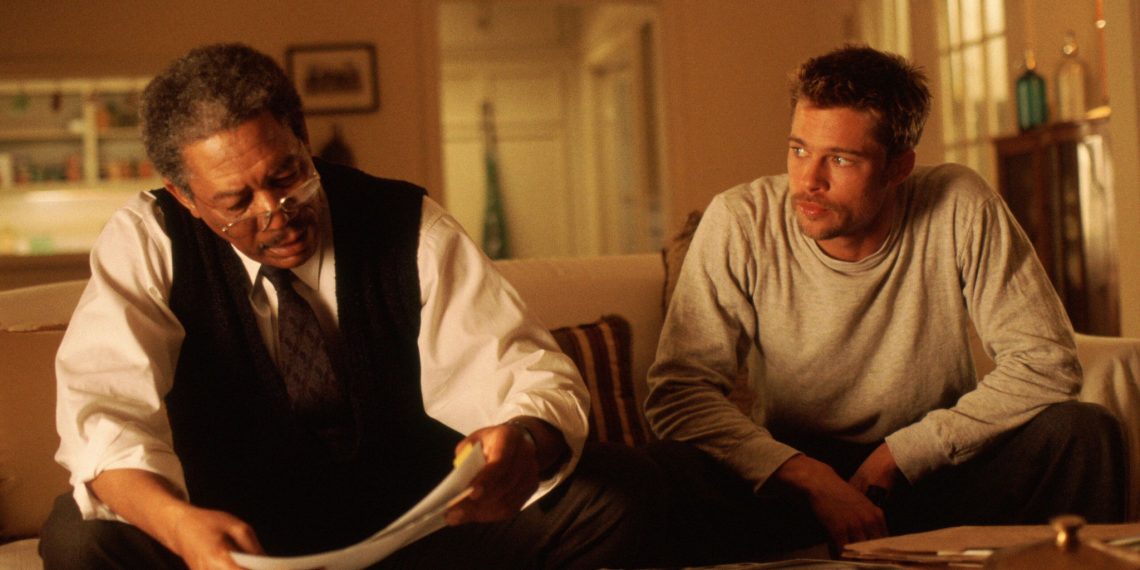Although the finale of David Fincher’s Se7en, which is currently regarded as one of the greatest films of the 1990s, became highly memorable, Fincher had to make a few alterations to the original.
Se7en, which was released in 1995, was met with mixed reviews when it first came out, but with time and improvement, it is now considered one of David Fincher’s best films. Se7en’s stunning conclusion has played a significant role in the show’s acceptance into pop culture.
Detectives Somerset (Morgan Freeman) and Mills (Brad Pitt) investigate a string of killings motivated by the seven deadly sins in the crime-ridden city that serves as the setting for Se7en.
The killer, John Doe, was always one step ahead of Somerset and Mills despite their best efforts, and none of them could have imagined that his final killings would be motivated by fury and envy.

Although the Se7en finale is now well-known for its surprising turn of events and twist that left much to the viewer’s imagination, Fincher had to make a few alterations to the original ending.
Se7en’s Alternate Ending Had Tracy Survive
Tracy’s head was never visible in Se7en, leaving this aspect up to the audience’s imagination, which contributed significantly to the startling finale. The executive producers proposed a different, marginally more optimistic Se7en finale in light of how depressing this ending was.
The creators intended for Mills and Somerset to pursue Doe along with Tracy, who had been abducted and would have survived her run-in with Doe.
Pitt (via EW) claims that the filmmakers wanted Mills to be “more heroic” and spare Doe and that if Tracy had still been alive, her head would have been in the box with one of Mills and Tracy’s dogs instead of Doe’s.
Pitt stated in the same interview that he only consented to star in Se7en if Tracy’s head was never displayed and if Mills had shot Doe rather than doing “the right thing.” Fincher also defended the choice made by the filmmakers to alter the conclusion but not to reveal Tracy’s head.
Somerset Would Have Killed Doe In Se7en’s Alternate Ending
As to Morgan Freeman’s commentary on Film School Rejects, an alternate ending involving Somerset shooting John Doe was considered. Freeman clarified that he preferred this conclusion because Somerset would have carried it out to protect Mills’ career—after all, Mills was still a young player and Somerset was ready to retire.
Pitt, on the other hand, opposed this conclusion, arguing that Mills would undoubtedly shoot Doe in light of what he had done and that this was more of a passionate reaction than the “right thing” to do.
Mills Shot Somerset In One Of Se7en’s Alternate Endings
Somerset would have survived if Mills had been shot in an early draft of the Se7en script. While recuperating in the hospital, Mills would have written a note to Somerset saying, “You were correct.” In every way, you were correct.

A copy of the screenplay that is available for reading online indicates that Somerset pulled out a switchblade while Mills was pointing the gun at Doe’s head, yet there are no particular specifics on why Mills would have shot Somerset.
So that Somerset wouldn’t stop him from executing Doe, Mills would have shot Somerset. Se7en’s finale ultimately had the components that Fincher and Pitt battled to maintain, stunning the audience and leaving them with a lasting memory of what they had experienced.
The head in the box wasn’t necessary for Se7en to make an impression, and the above other endings wouldn’t have had the same impact as the finished version.





